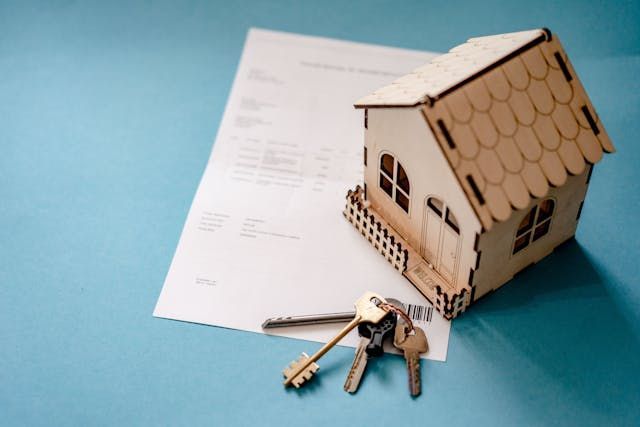NEW MILITARY MUSEUM - 7/02/2021
July 2, 2021

Last year, the Secretary of the Army approved the construction of the National Mounted Warfare Museum and construction began in November. The museum is being built on seventeen acres just outside of Fort Hood. Phase one of the $10.9 million, 28, 700 square foot museum is making progress and has a projected opening date of 2022. The initial phase of the museum will include 13,000 square feet of interactive and immersive permanent exhibit galleries and over 7,000 square feet of temporary exhibit space. The museum will include an additional five phases, which will be projected once phase one commences.
According to the National Mounted Warfare Museum Foundation’s web site, the museum will “represent the history of mounted soldiers – the ones that rode into battle on horseback, as well as the tankers and infantrymen, the artillerymen and aviators, the logisticians, engineers, military policemen, signal soldiers, and intelligence soldiers who fought alongside. This is the story of the mounted soldiers’ combined team efforts, a force for freedom so many times in our nation’s history.” It is anticipated that the museum will draw hundreds of thousands of visitors annually and have an economic impact on the area in the millions of dollars.
“Out of life’s school of war: What does not destroy me, makes me stronger.” -Friedrich Nietzsche
David Gerke
Broker







